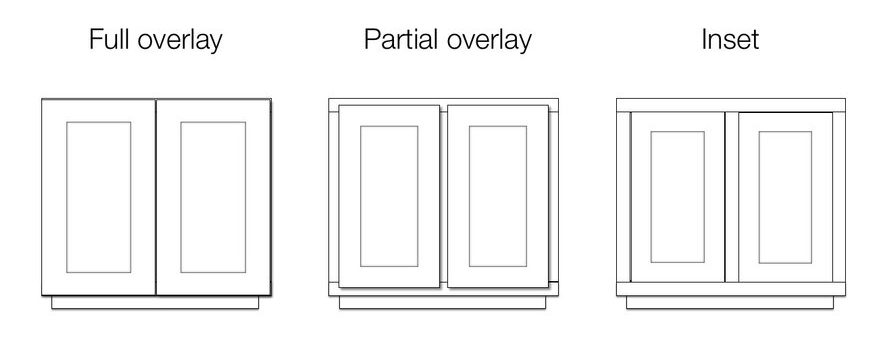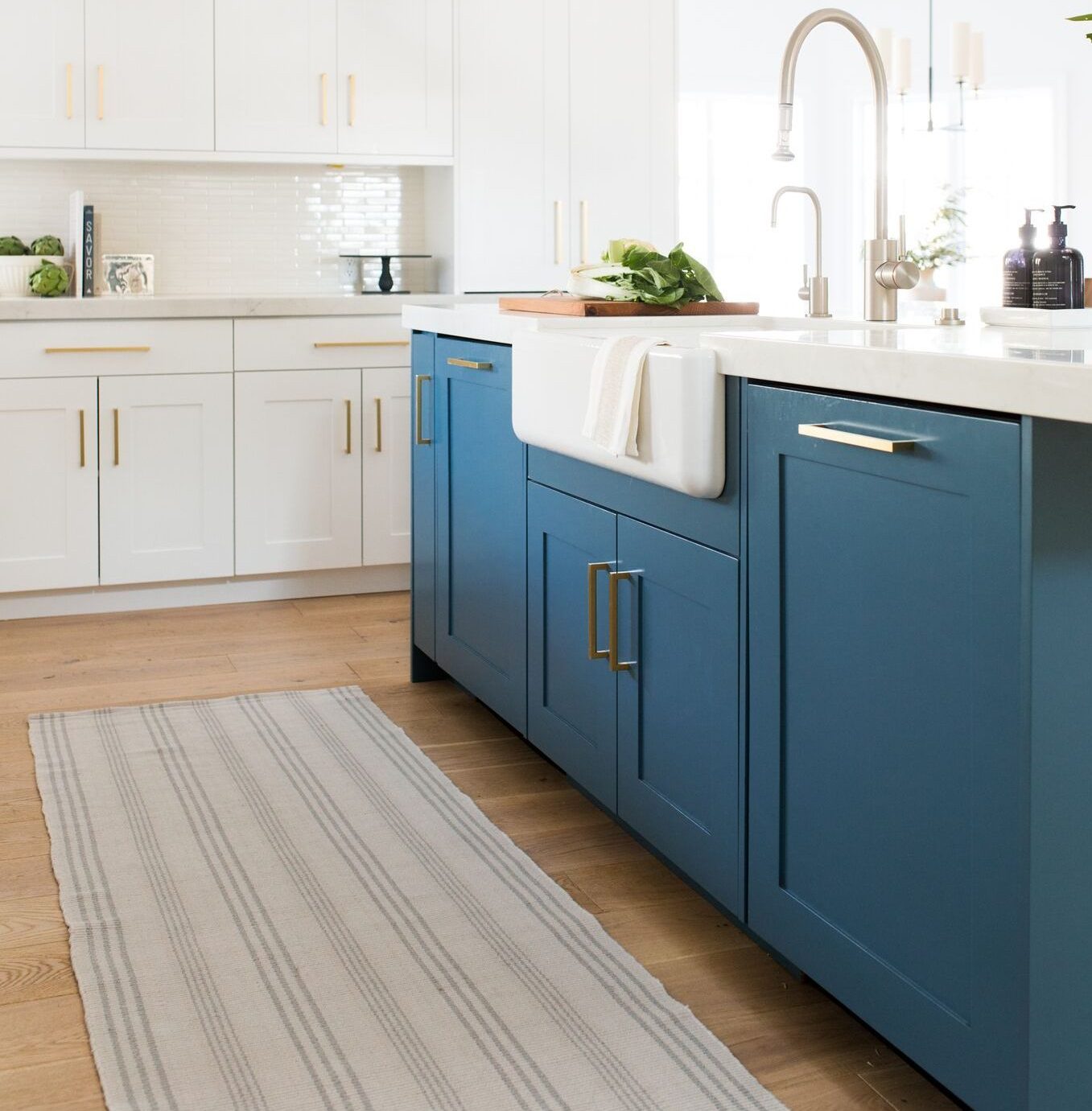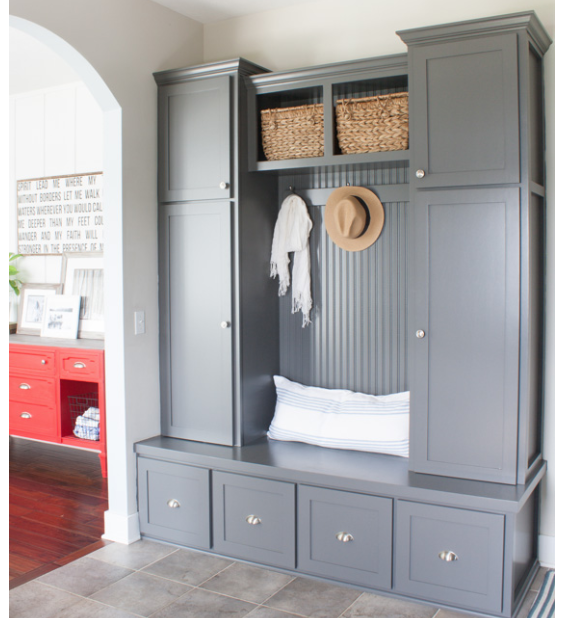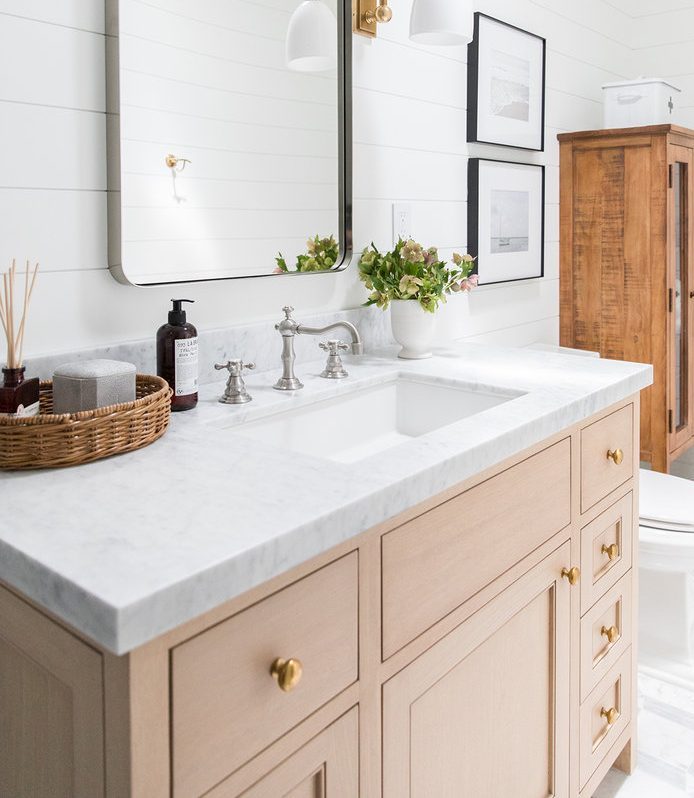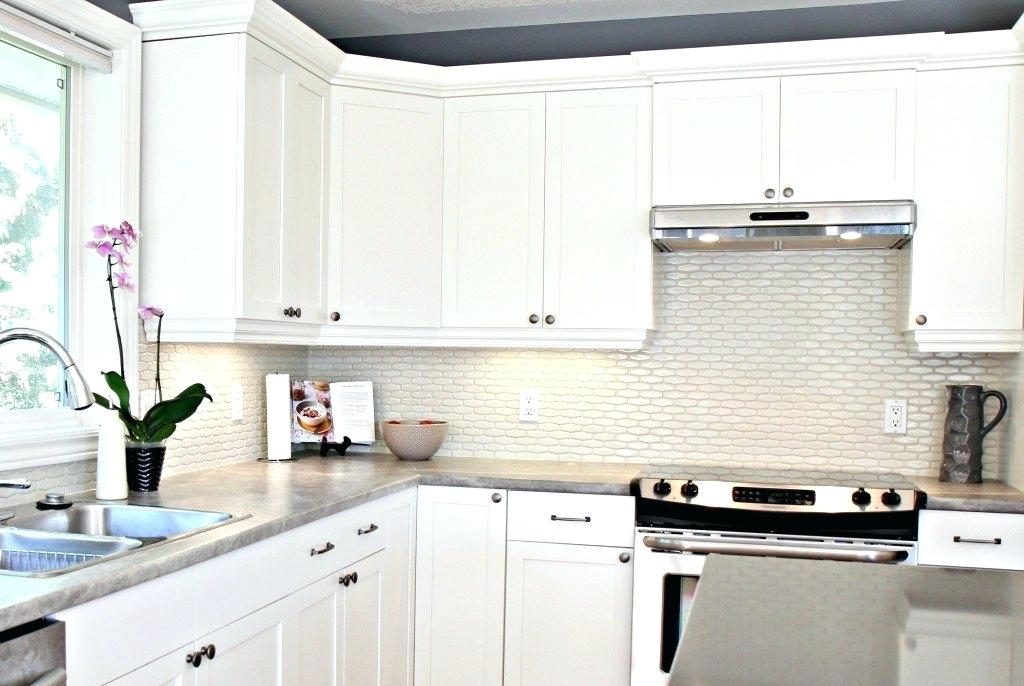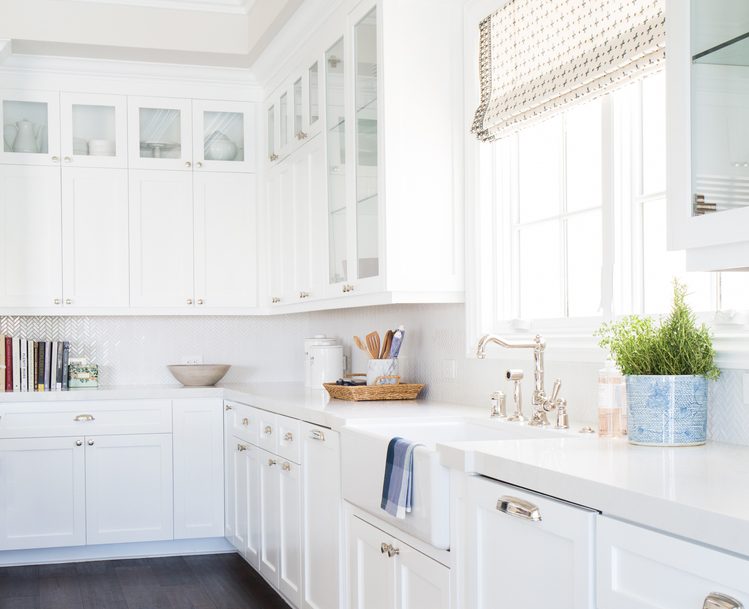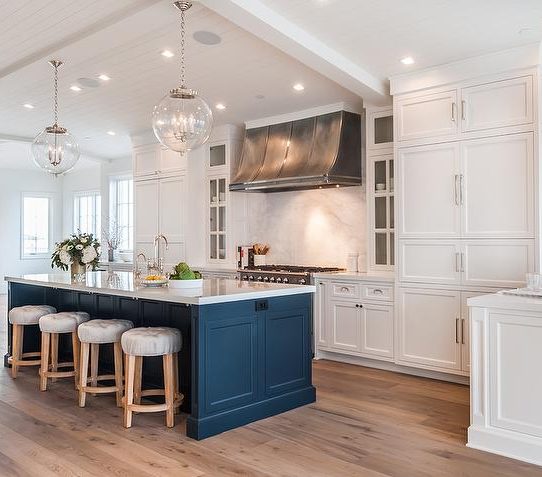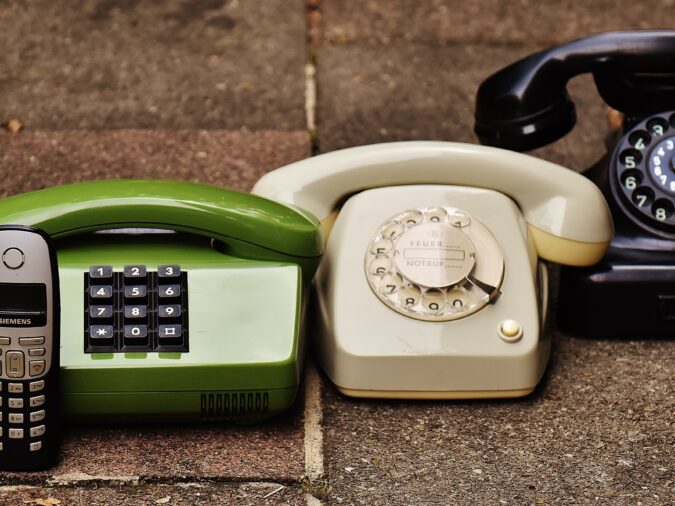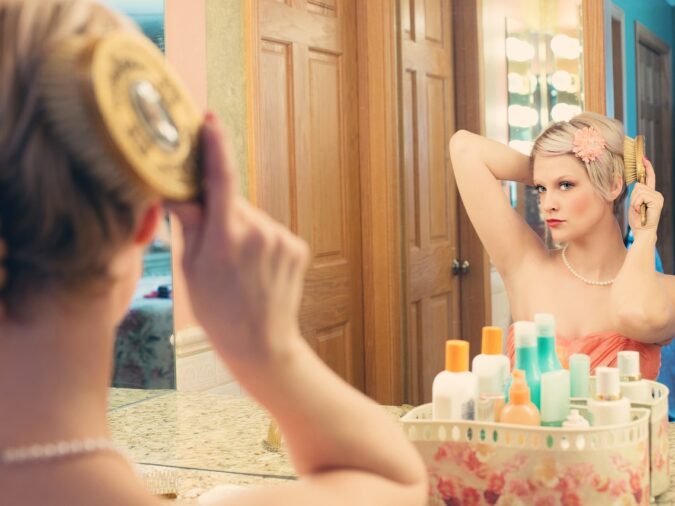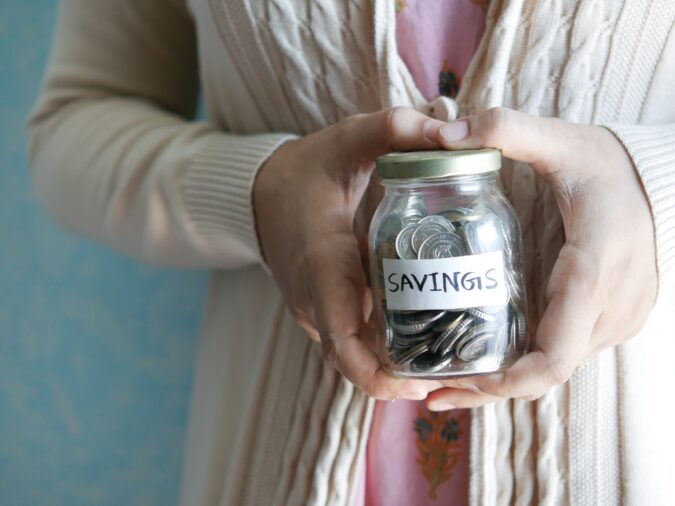Cabinets: Your common questions answered
Cabinets: Your common questions answered

Eager to get happy at home right now?
Get 10 tips for a happier home!
Choosing your kitchen cabinets is one of the biggest, most expensive choices you are going to make in the design process, but if you’re well informed, it doesn’t have to be too scary. We’re here to help! 😀
From cabinet construction to cabinet lingo, we’ve answered some common questions that pop up for designers and homeowners alike! Here are the questions you’ll find answered in the post:
(BTW, this post is a little longer than usual. You can click on a specific question below to jump straight there!)
1. What is the difference between a face frame cabinet and a frameless cabinet?
2. Full overlay, partial overlay or inset… what’s the diff?
3. What costs more, cherry or maple? What about painted cabinets?
4. How expensive is glass-front cabinetry?
5. There are so many brands of cabinets! Which should I pick?
![]()
QUESTION #1 – What is the difference between a face frame cabinet and a frameless cabinet?
FACE FRAME.
– “American-style” cabinets with rails and stiles (ie, pieces of wood) forming a 1-1/2” face frame at front of cabinet box
– Also referred to as “framed” or “traditional”
– Hinges attach to the face frame
– Less drawer storage
– Smaller opening, and a center stile (vertical piece of wood) down the middle of cabinets with two doors
– Works with inset, partial, standard overlay, and full overlay doors
– Can use regular or concealed hinges
FRAMELESS.
– “European-style” that does not have frame attached to front of cabinet box
– Also referred to as “Euro,” “Full Access” or “Modern”
– Easier access to interior of cabinet due to wider cabinet opening, and no center stile on cabinets that have two doors
– Hinges attach to side of box
– Works with full overlay doors only
– Simple & contemporary (though can be dressed up with more elaborate door styles
– Can use regular or concealed hinges, but most often use with concealed hinges
Whether face frame or frameless is “best” depends on who you talk to. Traditionalists and many woodworkers seem to prefer face frame and say they are more sturdily built.
These days, however, frameless is more common because it tends to provide more storage (who doesn’t love more storage?!) and easier access (because they don’t have that annoying center stile). Once installed both should be equally durable.
![]()
QUESTION #2 – Full overlay, partial overlay or inset… what’s the diff?
FULL OVERLAY.
This is the current standard for most designers for any modern-style kitchen, and also for classic-style kitchens assuming you aren’t spending up for inset cabinets. It’s usually created with frameless cabinets but can also be done with a face frame cabinet.
– Doors and drawers completely cover the cabinet face with minimal gaps
– Streamlined and sleek
– Creates a smooth look, similar to inset but not as expensive
– Hardware (or push system) required as you cannot open doors with fingers
– Could be either face frame or frameless cabinet
Don’t let the word “standard” fool you. It’s really not standard at all (full overlay is much more common these days) and partial overlays are often looked at as dated. That said, a well-designed partial overlay cabinet can look great (and, bonus, it’s often the least expensive)!
– Door only partially covers the cabinet face frame leaving gaps between doors
– 1-2” of cabinet face frame is exposed between cabinet units (a larger gap than is between the doors)
– Always built with face frame cabinets
– Least expensive door style
– Traditional look
These are *beautiful* and classic, but before you fall in love, beware that not only do inset cabinets come with a significantly higher price tag than the other styles, but they also provide less storage!
– The door and drawer fronts sit inside of the cabinet face frame openings, flush with the face frame
– Typically more expensive due to door stops required when closed
– Hardware (or push system) required as you cannot open doors with fingers
– Precision craftsmanship
– Style has been around for centuries
– Custom high-end look
– Interior is always a face frame cabinet
– Smallest amount of interior space
![]()
QUESTION #3 – What costs more, cherry or maple? What about painted cabinets?
The wood species you choose for your cabinet doors will have a large affect on the cost of your kitchen.
On a scale of 1-8, melamine and maple will be the least expensive (price group 1-3), cherry will land you in the middle (price group 5), high pressure laminate and walnut pushes you to the top (price group 6-7) and exotics such as teak and wenge take the cake at the most expensive (price group 8).
If you are planning to paint your cabinets they will often use a maple door (yea, it’s least costly) but there will be additional charges for the cost of painting the doors (it can add up to 25% to your cabinetry costs).
The cabinets in the kitchen to the right are white painted maple cabinets. Who knew?!
![]()
QUESTION #4 – How expensive is glass-front cabinetry?
Let’s cut right to the chase… in the Seattle area it can run you *roughly* $200 per cabinet to add glass if you do it through the cabinet maker. That can add up quickly! There are a few ways that you can incorporate glass at a lower cost. One option would be to order the doors without glass and then take the cabinet door to an auto glass place and have them install the glass of your choice at *roughly* $50 per door. You can also minimize cost by just adding glass to highlight a special zone such as a built-in hutch or just the cabinets flanking the hood or your sink. Also, if you have your heart set on glass ask if the cabinet line you are considering offers a glass option – not all do.
![]()
QUESTION #5 – There are so many brands of cabinets! Which should I pick?
Yep, there are hundreds, if not thousands, of cabinet brands, and honestly, many of them are similar to each other. Many times it’s the sales person and customer service that really sets a brand or experience apart. At Seriously Happy Homes we generally work with Sollera Fine Cabinetry, Belmont Cabinet Co., and Wynnbrooke Cabinetry. Let me talk you through some of the reasons we like these three companies, and why we might choose one or another, and that can help you evaluate your own cabinet company options:
– Sollera is our currently favorite not only because of the many style they carry (from traditional to modern), but also because they have great customer service, do not charge for modifications (saving you money if you need a more custom layout). Plus they are our neighbors (right next door in beautiful British Columbia), which is an added bonus. 😀
– Sometimes we need a more cost-effective option or one with a shorter lead time (Sollera’s lead time is usually ~8 weeks) so we’ll look at Belmont Cabinet Co. They have a lead time of 5-6 weeks, but have fewer door styles to select from and do charge for modifications, so this company (and others like it) is better for a simpler project.
– Wynnbrooke Cabinetry is the least expensive of the three making it a great choice for mudrooms or laundry rooms or cost-effective kitchens. Kind of like Costco they keep costs low by limiting the number of options to select from and limited customization (ie. no glass option). Those limited options also mean a faster turn around time of just 4-5 weeks.
![]()
People are often surprised at how many decisions they have to make when it comes time to choose their cabinets. It’s a lot more than just picking a door style and color! Hopefully this helps you get started as you embark on your cabinet adventure and create the kitchen or bath of your dreams!
May your home always be happy,
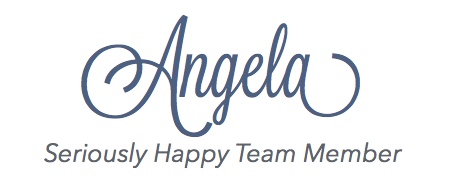
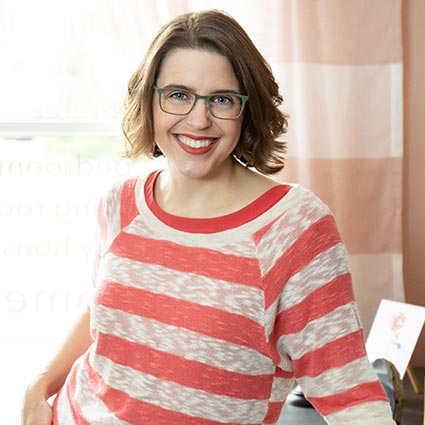
HI, I'M REBECCA WEST!
I’m an interior designer, author, podcaster, speaker, and coach to other designers. (Whew!) But I’m not your classic interior designer because, frankly, I don’t care if you buy a new sofa. I do care if your home supports your goals and feels like “you.” Remember, happy starts at home!
More From Seriously Happy Homes
Are you ready for a seriously happy home?
(Cue the confetti!)

Eager to get happy at home right now?



